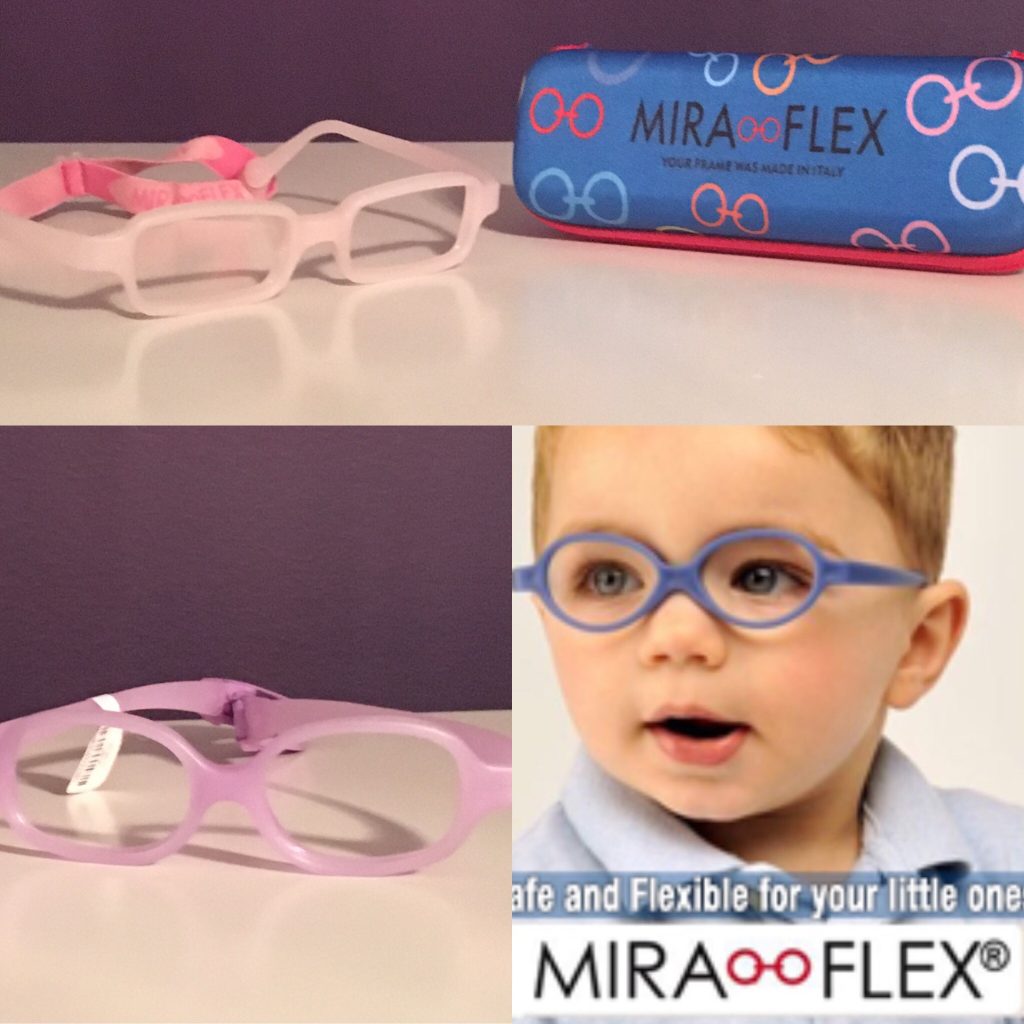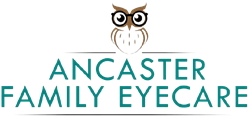
As a parent, you may wonder whether your pre-schooler has a vision problem or when a first eye exam should be scheduled.
Eye exams for children are extremely important. Experts say 5% to 10% of pre-schoolers and 25% of school-aged children have vision problems. Early identification of a child's vision problem is crucial because, if left untreated, some childhood vision problems can cause permanent vision loss from disease.
When Should Kids Have Their Eyes Examined?
According to the American Optometric Association (AOA), infants should have their first comprehensive eye exam at 6 months of age. Children then should receive additional eye exams at 3 years of age, and just before they enter kindergarten or the first grade at about age 5 or 6.
For school-aged children, the AOA recommends an eye exam every year or according to your eye doctor's recommendations.
Early eye exams also are important because children need the following basic visual skills for learning:
- Near vision
- Distance vision
- Eye teaming (binocularity) skills
- Eye movement skills
- Focusing skills
- Peripheral awareness
- Eye/hand coordination
Because of the importance of good vision for learning, some states require an eye exam for all children entering school for the first time.
Scheduling Your Child's Eye Exam
Your family doctor or pediatrician likely will be the first medical professional to examine your child's eyes. If eye problems are suspected during routine physical examinations, a referral might be made to an ophthalmologist or optometrist for further evaluation. Eye doctors have specific equipment and training to help them detect and diagnose potential vision problems.
When scheduling an eye exam, choose a time when your child is usually alert and happy. Specifics of how eye exams are conducted depend on your child's age, but an exam generally will involve a case history, vision testing, determination of whether eyeglasses are needed, testing of eye alignment, an eye health examination and a consultation with you regarding the findings.
After you've made the appointment, you may be sent a case history form by mail, or you may be given one when you check in at the doctor's office. The case history form will ask about your child's birth history (also called perinatal history), such as birth weight and whether the child was full-term. Your eye doctor also may ask whether complications occurred during the pregnancy or delivery. The form will also inquire about your child's medical history, including current medications and past or present allergies.
Be sure to tell your optometrist if your child has a history of prematurity, has delayed motor development, engages in frequent eye rubbing, blinks excessively, fails to maintain eye contact, cannot seem to maintain a gaze (fixation) while looking at objects, has poor eye tracking skills or has failed a pediatrician or pre-school vision screening.
Your eye doctor will also want to know about previous ocular diagnoses and treatments involving your child, such as possible surgeries and glasses or contact lens wear. Be sure you inform your eye doctor if there is a family history of eye problems requiring vision correction, such as nearsightedness or farsightedness, misaligned eyes (strabismus) or amblyopia (“lazy eye”).
Eye Testing for Infants
It is recommended that an infant’s first eye examination be at the age of 6 months. At this point, we can make sure the visual system is developing properly as well as the structures inside the eye. If any hindrances to visual development are detected, early intervention can be provided to ensure healthy and normal development.
Vision, unlike the other senses, is under developed at birth. Vision then quickly develops after birth, to where a smiling face can be seen at about 1 month of age, and then colour vision is achieved at about 2-3 months of age. Depth perception and vision keep progressing as the infant gets older unless there is something hindering development.
Hindrances to visual development can range from a congenital cataract to a high spectacle prescription that may lead to amblyopia (“lazy eye”). If something like a cataract is found at this age, surgical intervention can be initiated. If something like high spectacle prescription is found at this age, we may prescribe spectacle correction or monitor. For clear vision to development, the eye must possess the ability to see clearly, if there is a condition like amblyopia then the eye cannot see clearly and thus will not develop the ability to see clearly. We typically like to treat amblyopia before the age of 6, however the earlier the easier and more successful treatment is, as the brain is more “plastic” at a younger age. Therefore, if there is a significant spectacle prescription, your eye doctor may prescribe glasses at as young an age as 6 months. These glasses are given to ensure proper visual development is achieved, allowing the child to have clear comfortable vision for the rest of their lives.
 When looking for spectacles or glasses for your child, some eye doctors who deal with a lot of children will carry brands like Miraflex; which are flexible, non toxic, hypoallergenic spectacles that work well for infants and toddlers as well as older children who are rough on their spectacles. Our office deals with many children and infants and thus we carry this Miraflex line for these patients.
When looking for spectacles or glasses for your child, some eye doctors who deal with a lot of children will carry brands like Miraflex; which are flexible, non toxic, hypoallergenic spectacles that work well for infants and toddlers as well as older children who are rough on their spectacles. Our office deals with many children and infants and thus we carry this Miraflex line for these patients.
Eye Testing for Pre-School Children
Pre-school children can have their eyes thoroughly tested even if they don't yet know the alphabet or are too young or too shy to answer the doctor's questions. Some common eye tests used specifically for young children include:
- LEA symbols for young children are similar to regular eye tests using charts with letters, except that special symbols in these tests include an apple, house, square and circle.
- Retinoscopy is a test that involves shining a light into the eye to observe how it reflects from the retina (the light-sensitive inner lining of the back of the eye). This test helps eye doctors determine the child's eyeglass prescription.
- Random dot stereopsis uses dot patterns to determine how well the two eyes work as a team.
Eye and Vision Problems that Affect Children
Besides looking for nearsightedness, farsightedness and astigmatism (refractive errors), your eye doctor will examine your child's eyes for signs of the following eye and vision problems commonly found in young children:
-
Amblyopia
Also called “lazy eye,” this is decreased vision in one or both eyes despite the absence of any eye health problem or damage. Common causes of amblyopia include strabismus (see below) and a significant difference in the refractive errors of the two eyes. Treatment of amblyopia may include patching the dominant eye to strengthen the weaker eye.
-
Strabismus
This is misalignment of the eyes, often caused by a congenital defect in the positioning or strength of muscles that are attached to the eye and control eye positioning and movement. Left untreated, strabismus can cause amblyopia in the misaligned eye. Depending on its cause and severity, surgery may be required to treat strabismus.
-
Convergence insufficiency
This is the inability to keep the eye comfortably aligned for reading and other near tasks. Convergence insufficiency can often be treated successfully with vision therapy, a specific program of eye exercises.
-
Focusing problems
Children with focusing problems (also called accommodation problems) may have trouble changing focus from distance to near and back again (accommodative infacility) or have problems maintaining adequate focus for reading (accommodative insufficiency). These problems often can be successfully treated with vision therapy.
-
Eye teaming problems
Many eye teaming (binocularity) problems are more subtle than strabismus. Deficiencies in eye teaming skills can cause problems with depth perception and coordination.
Vision and Learning
Experts say that 80% of what your child learns in school is presented visually. Undetected vision problems can put them at a significant disadvantage. Be sure to schedule a complete eye exam for your child prior to the start of school.
Source: AllAboutVision.com. Article © 2015 Access Media Group LLC. All rights reserved. Reproduction other than for one-time personal use is strictly prohibited.

